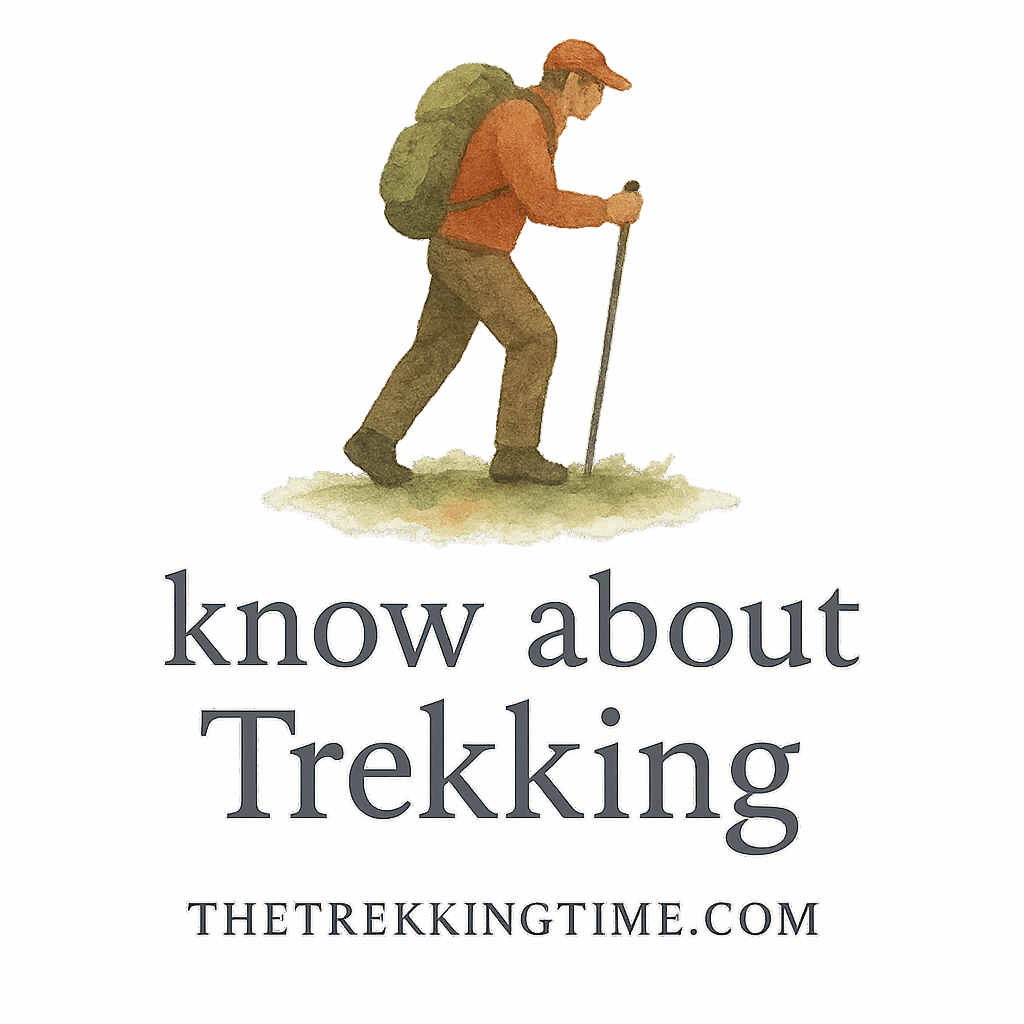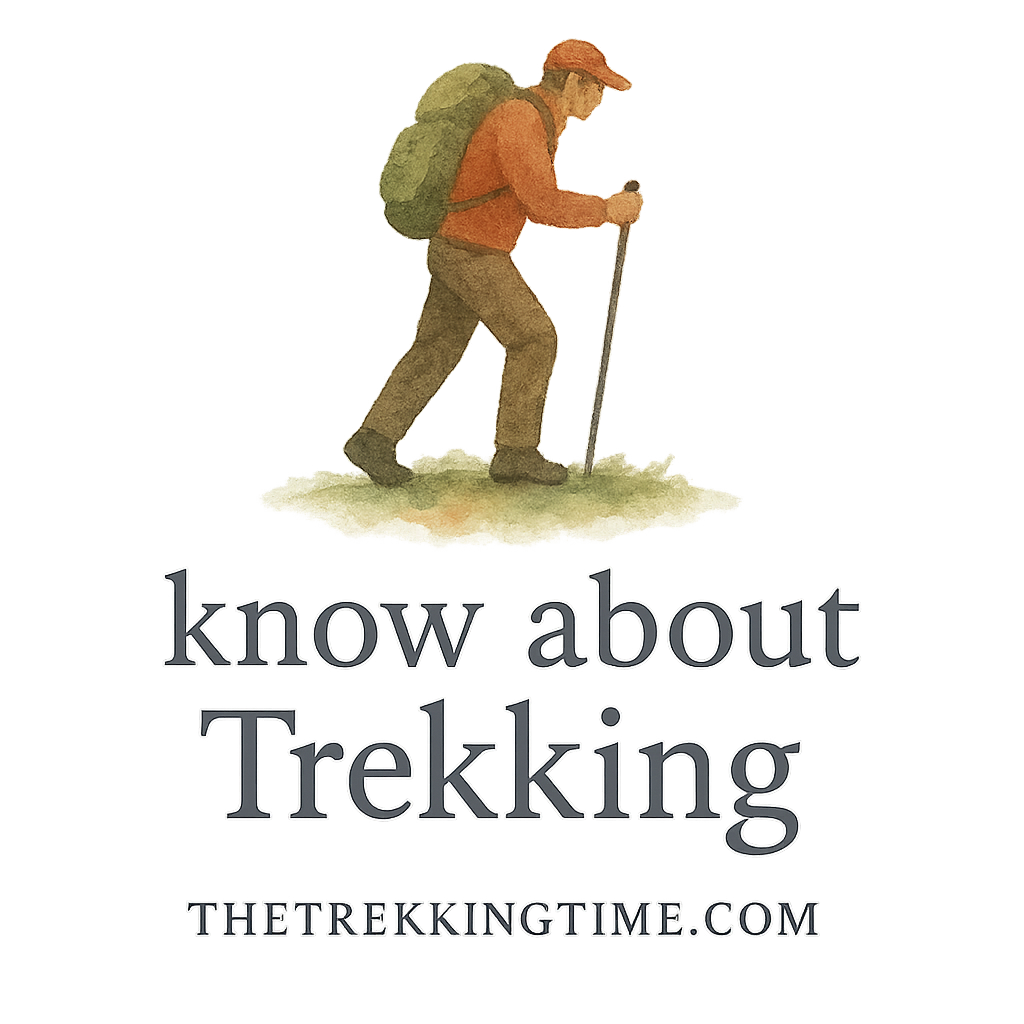Introduction: Why Urban Trekking is the New Adventure
Think hiking is only for the mountains? Think again. Urban trekking is the fresh, foot-powered way to explore cities like never before. Imagine winding through parks, alleyways, green belts, and riverside paths—all without ever leaving city limits. It’s the perfect mix of urban vibes and natural beauty.
If you’re itching to explore but can’t escape to the mountains, urban trekking might just be your next favorite hobby. It’s easy, exciting, and surprisingly therapeutic.
What is Urban Trekking?
The Blend of Nature and Urban Culture
Urban trekking is essentially long-distance walking routes through cities, often mixing green spaces, iconic landmarks, and lesser-known neighborhoods. It’s a conscious way to slow down and truly connect with your surroundings.
Explore the basics of trekking here to better understand how city treks compare with wild trails.
Urban Trekking vs Traditional Hiking
While traditional hiking takes you deep into nature, urban trekking brings nature to you. From tree-lined boulevards to urban forests, the city hides plenty of serene trails behind its steel and concrete.
And the best part? You’re never too far from a coffee shop or restroom!
Benefits of Urban Trekking
Physical and Mental Health Boost
Walking for hours boosts cardiovascular fitness, lowers stress, and clears your mind. It’s like free therapy with a side of sightseeing.
Urban trekking also supports mental health and can be easily worked into your daily routine.
Accessibility for All Skill Levels
No need to be super fit or decked out in mountaineering gear. Urban routes are beginner-friendly, yet they can still challenge even the most seasoned trekkers.
Looking to improve your fitness for longer walks? Check out Trekking Fitness Prep for beginner tips and training plans.
A New Way to Explore the City
Ever noticed how you miss so many cool spots when you’re driving or riding public transport? Urban trekking lets you rediscover your city—or any city—through a fresh lens.
How to Prepare for an Urban Trek
Choosing the Right Gear
Even in the city, being prepared matters. Comfort and convenience are key.
Footwear and Daypacks
Go for breathable walking shoes or lightweight trail runners. And don’t forget a comfy daypack with essentials like water, snacks, and a phone charger.
Need help packing? This urban trekking gear checklist has everything covered.
Urban-Friendly Trekking Essentials
Carry minimal but smart: a refillable water bottle, sun protection, light jacket, and offline map app like Gaia or Maps.me.
Planning Your Route Strategically
Use GPS to pre-plan scenic, green-heavy paths and avoid unsafe zones. You can follow trails from apps or local recommendations. Want inspiration? Our Trekking Destinations list has ideas across the globe.
Best Practices and Trekking Etiquette
Safety and Respect in Urban Environments
Stay aware, avoid using headphones in high-traffic areas, and respect private property. Remember, you’re a guest in every neighborhood you pass through.
Browse our full Trekking Safety Tips guide to stay informed.
Leave No Trace Principles for Cities
Urban doesn’t mean trash-friendly. Always pack out what you bring in. Want to be an awesome urban hiker? Practice the same etiquette you’d use in the mountains.
6 Urban Trekking Routes That Mix Nature and City Life
Here’s what you came for—the ultimate blend of asphalt and earth.
1. New York City’s High Line & Central Park Loop
Start on the High Line, a 1.45-mile green trail built on an old railway. Then head north to Central Park for a 6.1-mile loop featuring reservoirs, wooded areas, and scenic bridges. Nature in the concrete jungle? Check!
Tag it: #hiking, #trail, #wellness
2. Tokyo’s Imperial Palace to Yoyogi Park Trail
Begin with the calm moat trail around the Imperial Palace, then trek westward through the bustling Shibuya streets to Yoyogi Park. Cherry blossoms in spring? Unforgettable.
Relevant tags: #urban, #performance, #hiker
3. London’s Thames Path with Hyde Park Detour
Walk along the Thames Path from Westminster to Tower Bridge. Then, loop back through the Royal Parks including Hyde Park and Kensington Gardens. You’ll pass everything from the London Eye to secret rose gardens.
Browse more urban trekking routes.

4. Vancouver’s Seawall and Stanley Park Combo
One of the world’s longest uninterrupted waterfront paths, the Vancouver Seawall is 17 miles of pure coastal bliss. Stanley Park adds wooded trails, lagoons, and mountain views.
This one’s for the mountains AND city lovers.
5. Sydney’s Harbour Bridge to Bondi Coast Walk
Cross the iconic bridge, swing through The Rocks, then continue along the Sydney coast to Bondi Beach. The cliff walk section is an epic finale.
Pair this trek with proper fitness training if you want to go long and strong.
6. Barcelona’s Montjuïc Hill and Gothic Quarter Trek
Start uphill through Montjuïc’s parks and museums, then descend into the labyrinthine Gothic Quarter. Expect surprises on every block, from Roman ruins to street musicians.
Perfect for culture lovers and responsible tourists.
Tips to Enhance Your Urban Trekking Experience
Use Fitness Apps and Offline Maps
Track your mileage, elevation, and even calories burned. And always download your map before heading out in case reception fails.
Stay Hydrated and Energized
Urban treks can last hours. Keep a refillable bottle handy and pack high-energy snacks like trail mix or bananas.
Why Urban Treks Belong on Every Adventurer’s List
Urban trekking is more than a substitute for wilderness hikes. It’s an experience all on its own—combining culture, history, green space, and fitness into one unique adventure. Whether you’re a busy professional or a seasoned trekker, these routes bring wellness and wanderlust right to your doorstep.
Explore more topics on wellness, outdoors, and health over at The Trekking Time.
Conclusion
Urban trekking isn’t just a trend—it’s a lifestyle shift that invites you to slow down, explore more, and enjoy the journey between destinations. From Tokyo to New York, these 6 routes prove you don’t need to leave the city to feel connected to nature. All it takes is a good pair of shoes, a curious spirit, and a willingness to see the familiar with fresh eyes.
FAQs
1. What’s the difference between urban trekking and city walking tours?
Urban trekking is self-guided, fitness-focused, and longer. Tours are usually short and guided.
2. Can I go urban trekking without special equipment?
Yes! Basic gear like good shoes and water is enough for most routes.
3. Are urban treks safe?
Mostly, yes. But always plan ahead and follow urban safety tips.
4. Is urban trekking good for weight loss?
Absolutely. It’s a low-impact cardio workout that burns calories steadily.
5. How long is a typical urban trek?
Anywhere from 3 to 10 miles, depending on your route and fitness level.
6. Can kids join urban treks?
Yes, especially on park-based routes with lots of breaks and fun scenery.
7. Where can I find more trekking content?
Head to thetrekkingtime.com for more articles on trekking basics, gear, and destinations!


